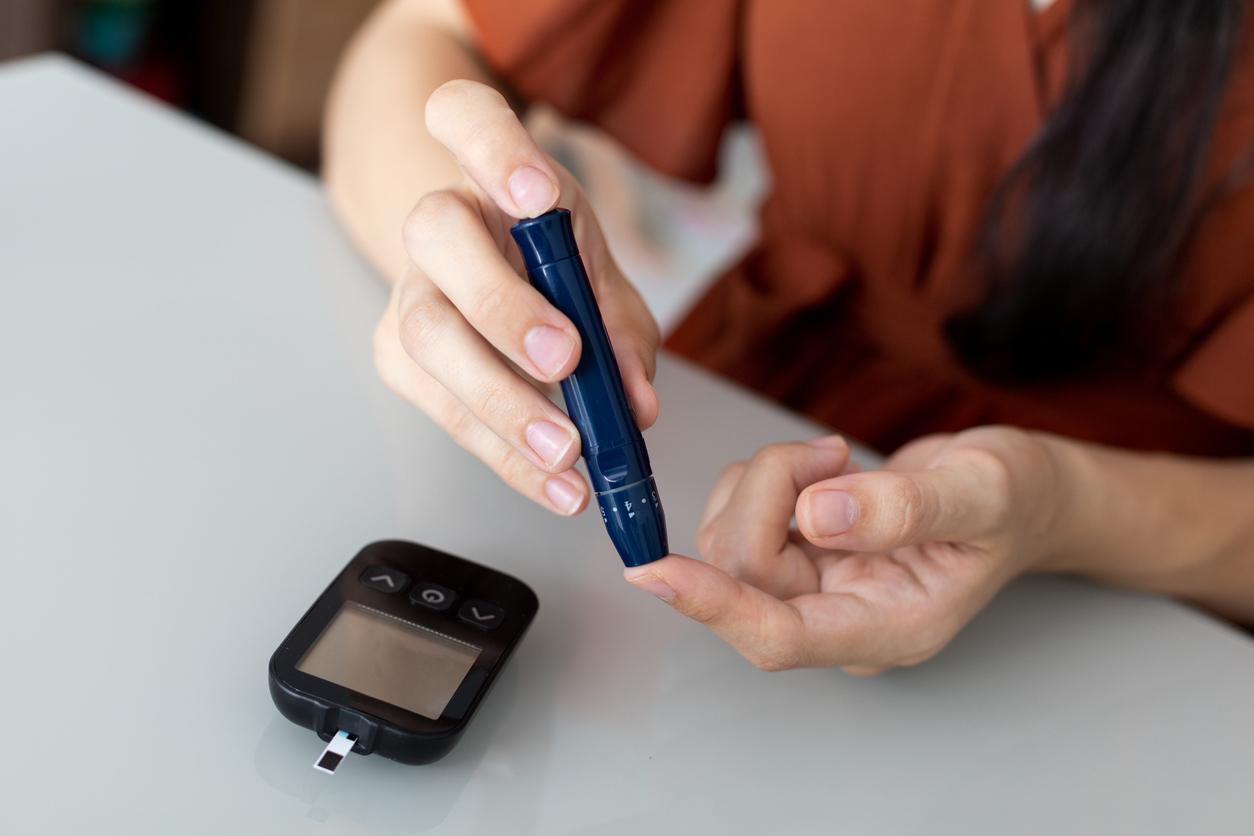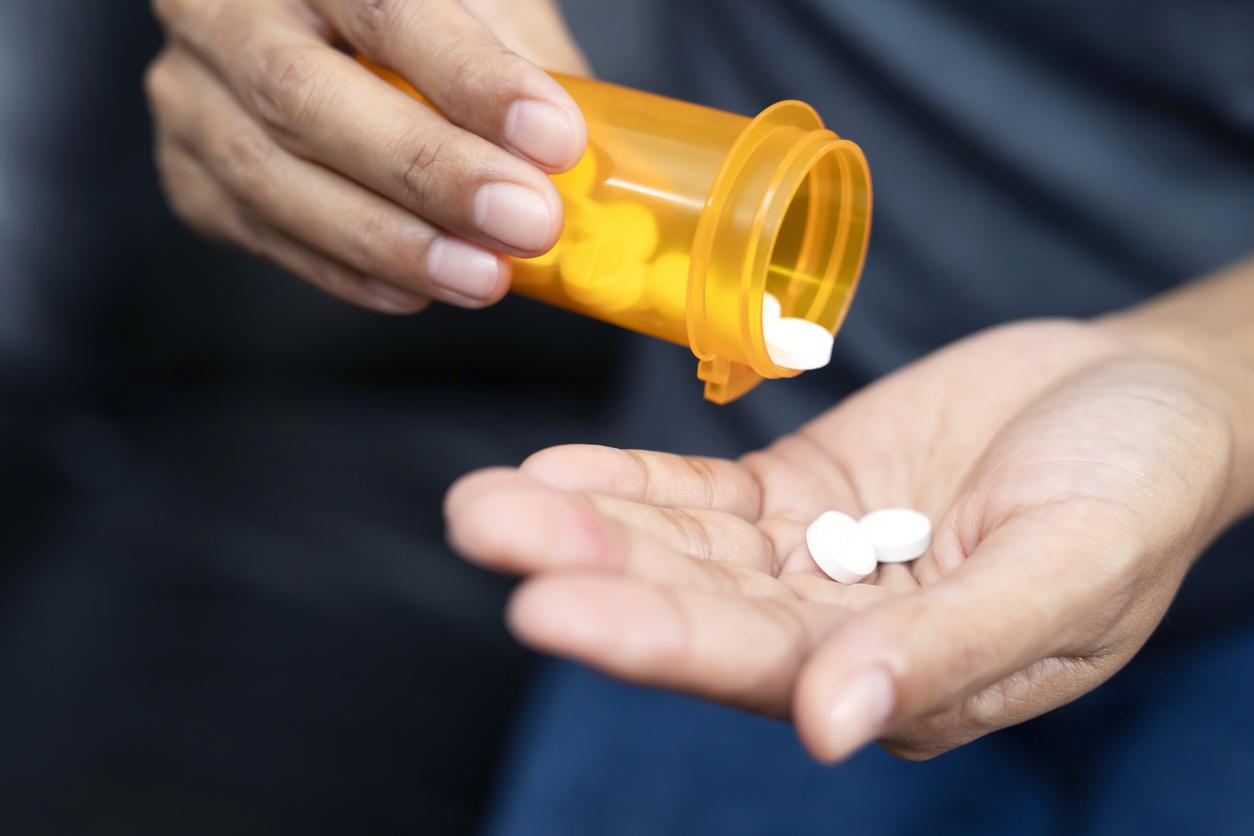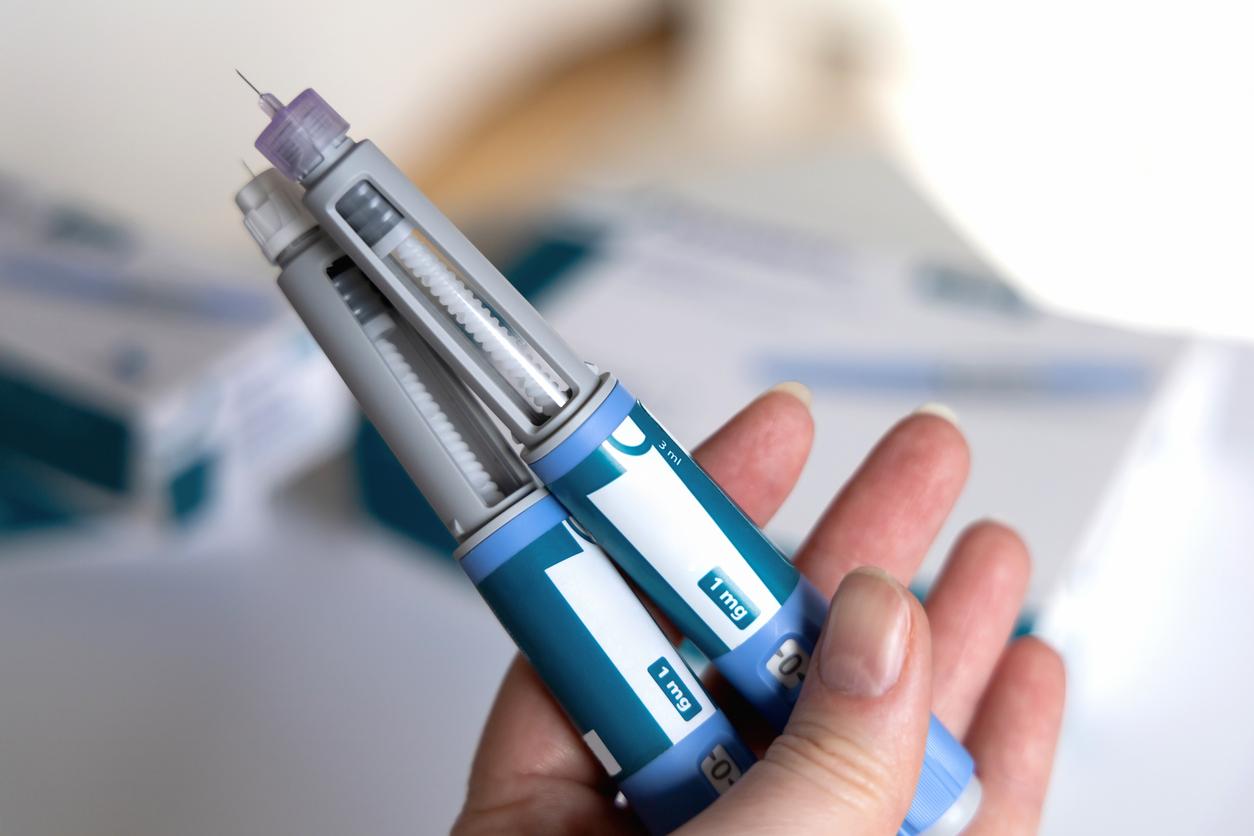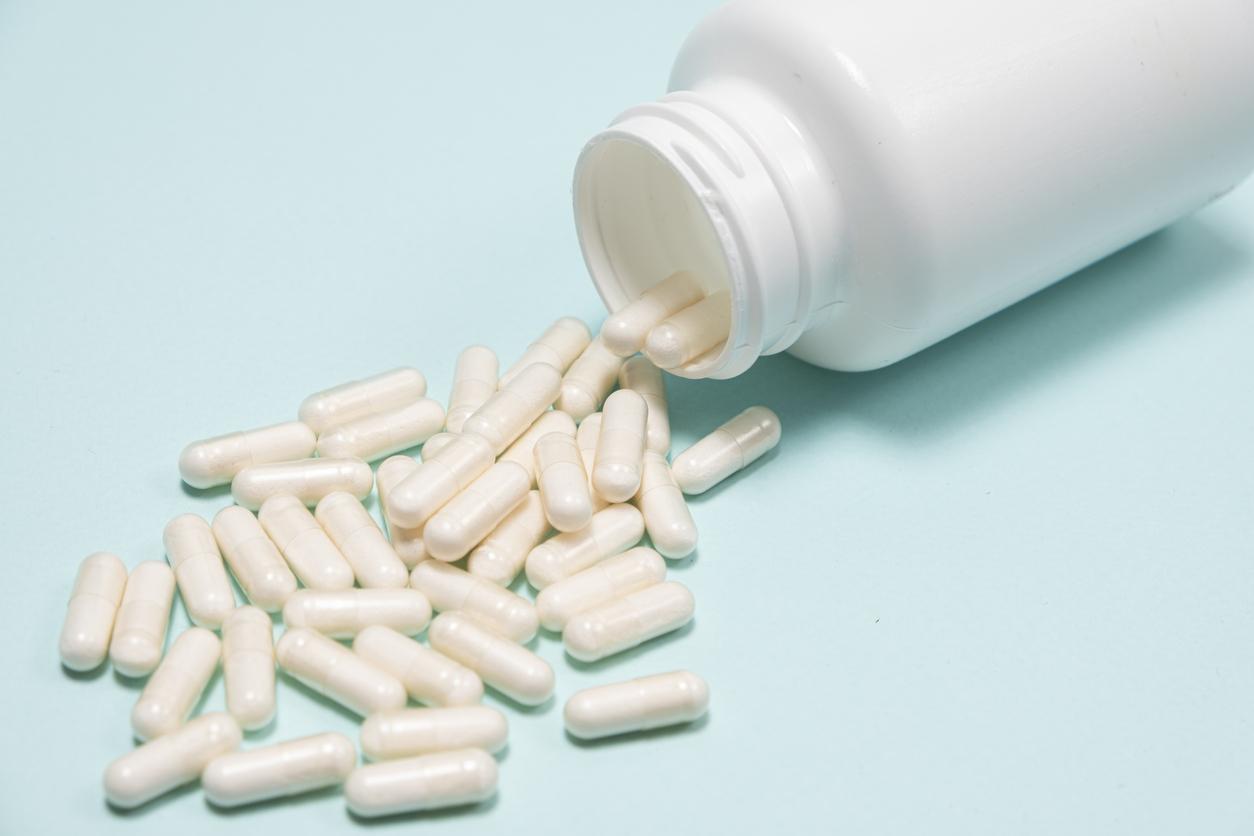The possibilities of treatment are increasing for type 2 diabetics. Among them, incretins are particularly interesting: well tolerated, they lend themselves well to combinations.

New treatments have appeared in type 2 diabetes. Combining them according to the patient’s profile seems to be the new trend. This is one of the major subjects of this 74e congress of the American Diabetes Association (ADA). One class is doing well: incretins, which are very well tolerated and allow associations with other products.
Incretins prevent hypoglycemia
In type 2 diabetes, “the objective is to slow the progression of the disease, to maintain a satisfactory glycemic balance and if possible to delay the progression towards an insulin treatment”, explains Pr Bruno Guerci, diabetologist at Nancy University Hospital (Meurthe-et-Moselle). If the first prescribed treatments, such as metformin, remain essential, when they fail, the alternative solutions multiply.
One class of drugs stood out at this ADA congress: incretins. There are two types: GLP-1 agonists, injectable, and DPP-4 inhibitors, oral. Concretely, these drugs stimulate the production of insulin by the patient. There is no lack of arguments in their favor: they delay the use of insulin injections. And more according to Pr Guerci, they do not cause hypoglycemia and have very few side effects and are therefore very safe.
|
Many oral treatments for type 2 diabetes There are several types of drugs that aim to reduce the level of sugar in the blood, with different modes of action. They can be prescribed alone or in combination. The metformin is the standard treatment. It improves the effectiveness of insulin, especially in the muscles and the liver. The sulfonylureas and the glinides stimulate the production of insulin by the pancreas. But they often induce hypoglycemia in patients on treatment. Sulfonamides are often combined with metformin. The incretins fall into two categories. DPP-4 inhibitors increase the action of GLP-1, an insulin-secreting agent naturally produced by the body. GLP-1 agonists are modified to be insensitive to DPP-4, enzymes that destroy GLP-1. The alpha-glucosidase inhibitorsthey slow down the absorption of sugars after a meal. The insulin injections are needed when the patient is no longer producing enough. For more information: site of the French federation of diabetics |
Facilitated associations
GLP-1 agonists even allow a weight loss of 3 to 4 kg, which makes them an attractive treatment for obese and diabetic patients. Indeed, weight loss is often required of these patients to reduce the risk of progression and complications, including cardiovascular disease. When it is necessary despite everything to switch to insulin, the GLP-1 agonists which are maintained, remain of great interest, specifies Pr Guerci to why actor.
Prof. Bruno Guerci, diabetologist at Nancy University Hospital: “ Patients often report gaining weight on insulin. Weight gain is counterbalanced by weight loss from GLP-1 agonists “
A more stable diabetes is also thanks to targeted treatment. For that, what better than to combine the drugs to obtain an optimal result? Different classes of drugs can be combined … and incretins are particularly suitable. But the key, insists Professor Guerci, is to adapt the treatment to the needs of each patient, because the profiles differ radically.
Prof. Bruno Guerci : ” The combination will not be the same for a patient at 3 years of evolution, young and uncomplicated, as a patient at 15 years of evolution who has had a coronary event and renal dysfunction. “
.















